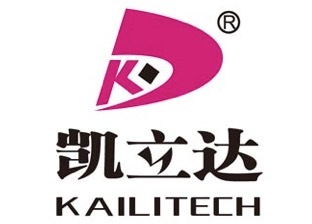Exploring the World of Surface Mount Devices in the Electronics Components Industry
release time:
Mar 06,2024
source:
One of the key advantages of SMDs is their versatility and compatibility with automated assembly processes, making them ideal for high-volume manufacturing. These components come in various shapes and sizes, including resistors, capacitors, diodes, transistors, and integrated circuits, allowing designers to create complex and miniaturized electronic systems.
When it comes to selecting the right SMD for a specific application, engineers need to consider factors such as package size, thermal characteristics, electrical performance, and reliability. It's important to choose components that meet the required specifications and ensure the overall functionality and longevity of the electronic device.
In recent years, advancements in SMD technology have led to the development of new types of components, such as chip-scale packages (CSPs), quad flat no-leads (QFNs), and ball grid arrays (BGAs). These innovative packaging solutions offer improved performance, higher density, and enhanced thermal management, catering to the growing demand for smaller and more powerful electronic devices.
As the demand for miniaturization and high-density integration continues to rise, surface mount devices are expected to play a crucial role in shaping the future of the electronics industry. With ongoing research and development efforts focused on enhancing the performance and reliability of SMDs, we can expect to see even more innovative solutions and applications in the years to come.
Related news
Exploring the Functions of Piezo Ceramic Plate Transducer in Electronic Components
Piezo ceramic plate transducers are essential components in the field of electronic components, particularly in sensors. These transducers are designed to convert mechanical stress into electrical signals, making them highly valuable in a wide range of applications. One key function of piezo ceramic plate transducers is their ability to detect and measure changes in pressure or acceleration. When
The Influence of Piezo Ultrasonic Welding Transducers on Product Quality Assurance
**Introduction:** In the ever-evolving world of electronic components, ensuring product quality is paramount. One key technology that has revolutionized the manufacturing process is piezo ultrasonic welding transducers. These high-tech materials and components have a significant influence on product quality assurance in the industry. Let's delve deeper into the importance and impact of piezo ultra
Exploring the Functionality of Self Oscillating Piezo Elements
Self-oscillating piezo elements are innovative components in the realm of electronic devices. These elements possess the unique ability to generate oscillations without requiring an external oscillator. This self-sustaining feature is made possible by the piezoelectric effect, where mechanical stress produces an electric charge. One key application of self-oscillating piezo elements is in sensors











